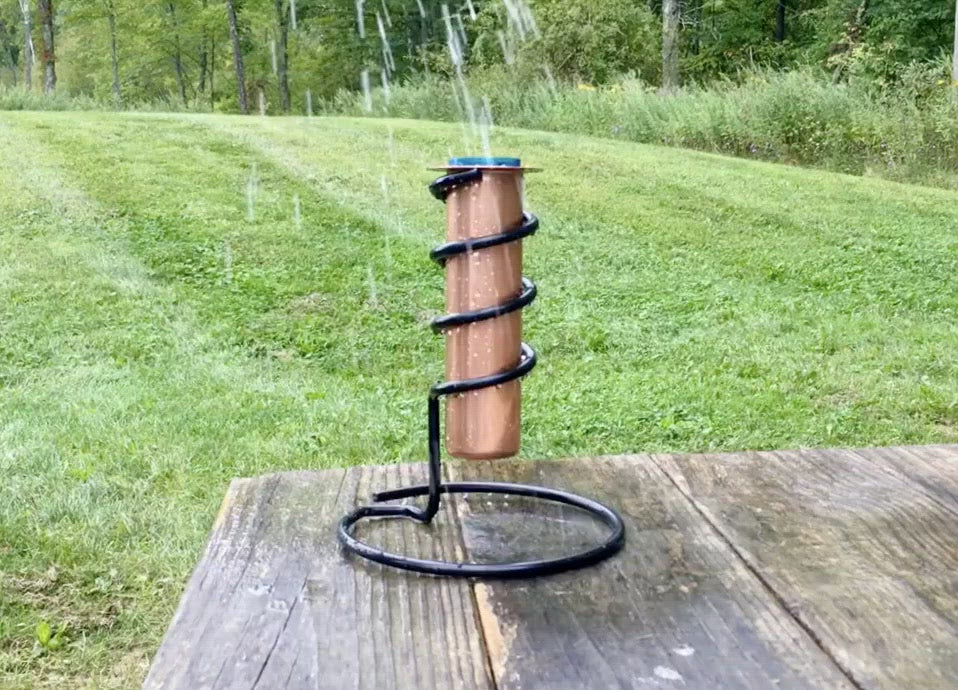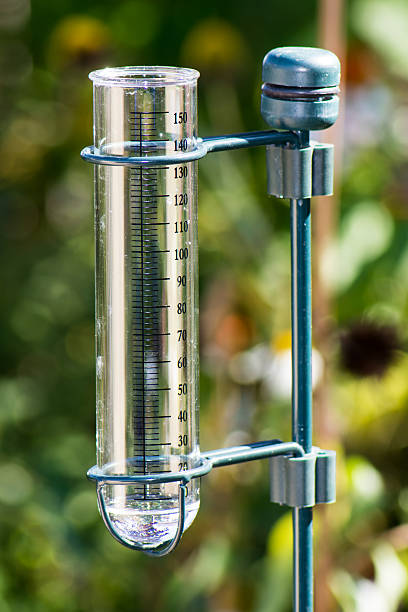The Rain Gauge: Crucial Details and Ideal Practices for Climate Fanatics
The Rain Gauge: Crucial Details and Ideal Practices for Climate Fanatics
Blog Article
DIY Rainfall Scale: Basic Steps to Make Your Own
Producing your very own Do it yourself rainfall scale is a efficient and basic method to gauge and videotape precipitation. With just a few common materials and some basic actions, you can conveniently create your very own rainfall scale at home. Allow's get started on making your DIY rain gauge today!
Gather Materials
To start constructing your DIY rain scale, collect all the necessary materials using a thorough list of products. Having the right materials on hand will certainly ensure the successful production of your rain gauge and enable for exact measurements of rainfall. Collecting these products beforehand will certainly improve the construction procedure and ensure that you have everything you need to produce your own DIY rain scale.
Prepare the Container

Mark the Dimension Increments
To precisely measure the quantity of rainfall, accurately noting the measurement increments on your do it yourself rain gauge is essential. Without exact and clear markings, it would be hard to figure out the exact quantity of rainfall accumulated in your rain scale. Right here are the actions to note the measurement increments on your rainfall scale.
The most typical devices for measuring rainfall are millimeters and inches. Once you have chosen the unit, use a permanent marker or waterproof paint to mark the increments on the side of your rain gauge.
When marking the increments, it is important to guarantee that they are evenly spaced and clearly visible. Utilize a leader or measuring tape to guarantee accuracy and uniformity. In addition, see to it that the markings are resistant to fading or abrading, as exposure to the aspects might create them to degrade in time.
Place the Rainfall Gauge Outdoors
The rain gauge ought to be put outdoors to accurately gather rains information. The area picked for the rainfall scale need to be free and open from any obstructions that could potentially affect the measurement of rainfall. It is necessary to discover an area that is not obstructed by trees, buildings, or other structures that could obstruct the rainfall from getting to the scale. This will certainly make sure that the gathered data is representative of the actual rains in the location.
Additionally, it is crucial to place the rain gauge on a secure surface area, such as a level ground or a sturdy post. This will certainly avoid any activity or useful link tilting of the scale, which useful content could lead to imprecise measurements. It is also advisable to stay clear of putting the gauge near any kind of sources of artificial water, such as lawn sprinklers or drain systems, as this could hinder the accuracy of the dimensions.
Monitor and Document Rainfall Data
Routine monitoring and recording of rains data is crucial for precise data evaluation and interpretation. By keeping an eye on rainfall dimensions, you can gain useful insights into climate patterns, environment trends, and water source management. To properly keep track of and videotape rainfall information, it is essential to develop a routine and preserve regular practices.
To start with, guarantee that your rainfall gauge is positioned in an open location away from challenges such as trees or structures that may block rainfall. Additionally, see to it read the article the rainfall scale is level and safely secured to avoid any type of activity that could impact the precision of the dimensions.

When tape-recording the rainfall data, it is very important to keep in mind the day and time of each dimension. Make use of a leader or a measuring stay with identify the rainfall depth in the rain scale, and document this details precisely.
To make sure the accuracy of the measurements, it is recommended to empty the rain scale after each recording. This will prevent any kind of overflow or evaporation from influencing subsequent dimensions.
Verdict
In conclusion, producing a DIY rainfall gauge is a useful and easy way to check and record rains data (The Rain Gauge). By following the steps detailed in this short article, you can quickly collect materials, prepare the container, mark the dimension increments, and put the rain scale outdoors. Consistently keeping an eye on and recording rains information can supply beneficial info for numerous purposes
Having the appropriate materials on hand will certainly make certain the successful production of your rain scale and allow for precise dimensions of rainfall.To precisely gauge the amount of rainfall, properly noting the measurement increments on your Do it yourself rainfall gauge is vital.The rainfall gauge ought to be put outdoors to properly collect rainfall information. The area chosen for the rain scale need to be complimentary and open from any kind of obstructions that could potentially influence the dimension of rains.In conclusion, producing a DIY rainfall scale is a straightforward and practical means to check and record rainfall data.
Report this page